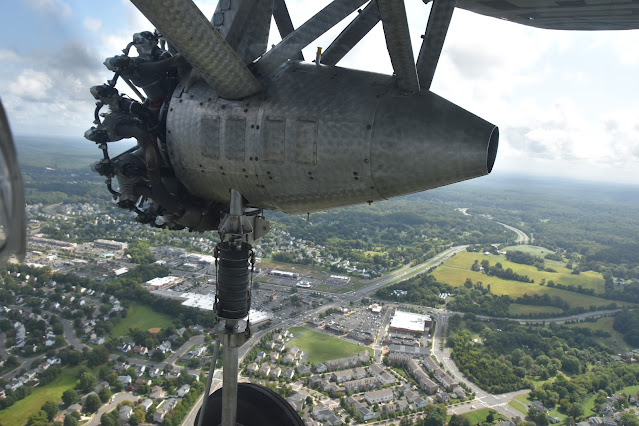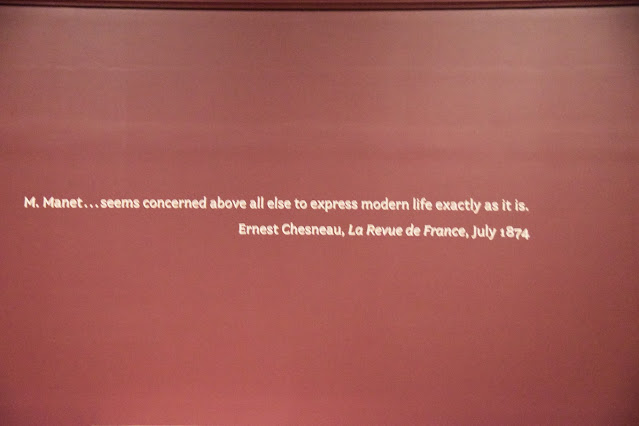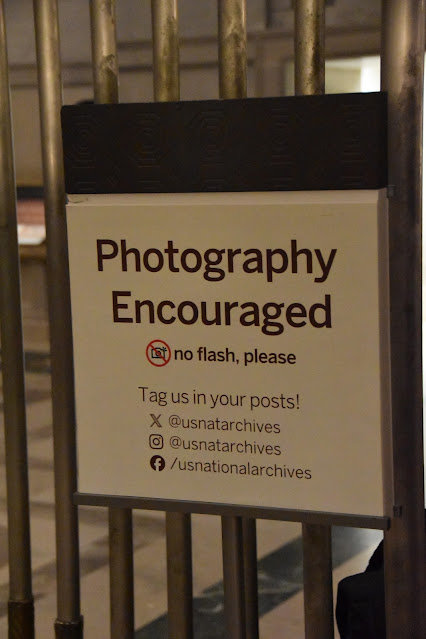Once again I am inspired by reading comments. I have written about this sometime in the distant past.
Back in my homebuilding days (this would have been 1992 or 1993) I was working with a talented young construction manager Scott. He had everything, he was tall, blond, athletic, beautiful wife, a good job with a company that respected the construction managers.
We were talking in the office one afternoon, and I was describing my second trip to Europe, Orlando to Atlanta, Atlanta to Amsterdam, three nights in Amsterdam, then onto Paris for five nights, then fly home via Amsterdam, and back in the office the next morning. It was a whirlwind of new experiences. My first trip up the Eiffel Tower, being turned away at the door of Maxims, shopping the January sales in Paris department stores, the Louvre, and the streets of Paris. Memories that have lasted for decades. And this was just 8 months after the week in London.
Scott commented that he and his wife wanted to go to Europe, but they were going to wait "until they could do it properly and be gone for a month." I urged him to go when he could, even if it was only for a few days. Go now, and go often, don't wait.
A couple of months later he collapsed playing softball and died on the field of an aortic aneurysm. He bled out internally in a matter of minutes from a condition he never knew he had.
All I could think, is he waited too long to go and do what he wanted to go and do.
I have crossed the Atlantic for trips as short as six nights, because that was what I could squeeze into the schedule. Until I retired, it was difficult, at times impossible, for me to be away from work for more than two weeks. But I didn't want to wait, Scott waited too long, and he was only about 30 when it was too late.
Take the adventure when you can.
And YES I will keep bugging reminding someone to follow his dreams and book the trip.





















































